"건축은 인간의 존엄성을 지키는 마지막 보루다." - 하산 파티
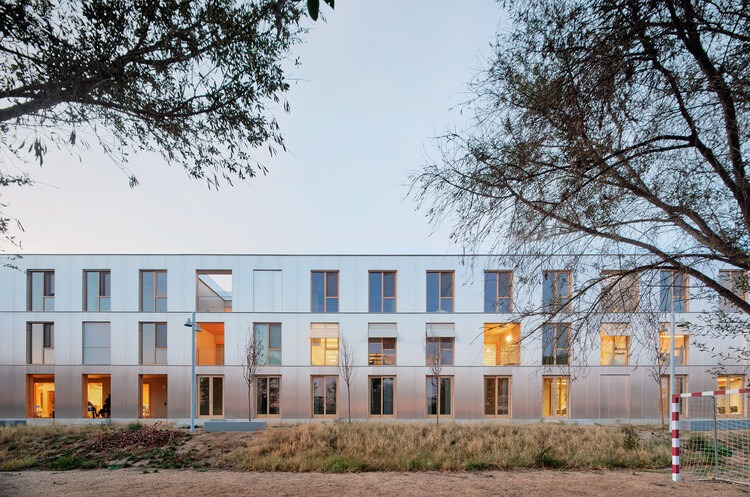
바르셀로나 노숙여성 보호시설: 사회복귀를 위한 건축적 장치 Vivas Arquitectos-Shelter for Homeless Women in Barcelona
바르셀로나 사리아-산트 제르바지 지구의 케네디 광장 위, 과거 응급수용센터가 있던 바로 그 자리에 100명의 노숙여성을 수용할 수 있는 주간센터와 야간센터를 포함한 새로운 시설이 들어섰다. Vivas Arquitectos가 설계한 이 프로젝트는 단순한 수용시설을 넘어 사회복귀를 위한 건축적 장치로서 의미를 갖는다.
사회복귀를 위한 건축 철학
최근까지도 노숙인을 위한 보호시설은 최대한 많은 거주자의 기본적 욕구를 긴급히 해결하는 응급시설로 여겨졌다. 하지만 접근 방식이 근본적으로 바뀌었다. 보다 개별화된 치료에 중점을 두고, 각 거주자를 다양한 사회적, 직업적, 교육적, 의료적 자원으로 안내하여 자율적인 삶을 재건할 수 있도록 돕는 것이다. 이는 한국의 사회복지시설이 단순한 수용에서 자립지원 중심으로 전환하고 있는 흐름과도 맥을 같이 한다.
이러한 철학적 전환을 바탕으로 센터를 사회복귀를 위한 첫 번째 단계로 이해하며, 설계팀은 세 가지 명확한 목표를 설정했다. 첫째는 필터 역할을 하는 둘레 정원을 통해 도시로부터 격리된 안전한 피난처를 만드는 것이다. 이 경계부 녹지는 도시의 소음과 시선으로부터 내부를 보호하면서도 자연스러운 완충지대 역할을 한다. 한국의 전통적인 담장 개념과 유사하게, 경계를 만들되 완전히 차단하지 않는 절묘한 균형을 이룬다.
둘째는 포치, 갤러리, 테라스, 만남의 공간들을 통한 사회화 공간의 구축이다. 이러한 중간영역들은 거주자들이 자유롭게 점유할 수 있도록 하며, 완전히 닫히지도 열리지도 않은 이 애매한 공간들이야말로 진정한 소통이 일어나는 곳이다. 한국 전통 건축의 마루나 대청마루가 갖는 사회적 기능을 현대적으로 재해석한 것으로 볼 수 있다. 셋째는 내부 소재의 온기와 공간의 주거적 규모를 통해 집 같은 따뜻함을 최대화하는 것이다. 차가운 제도적 공간이 아닌, 진정으로 거주할 수 있는 공간을 구현하려는 의지의 표현이다.
공간과 기술의 통합
이를 구현하기 위한 건축적 해법은 제약 조건을 오히려 장점으로 활용하는 데서 시작된다. 도로변 8m, 측면과 후면 5m의 이격거리 때문에 길이 약 60m, 폭 16m, 최대 높이 9m의 3층 직사각형 프리즘으로 구성되었지만, 이 볼륨은 때로는 비워지기도 한다. 포치, 테라스, 기타 외부 공간들을 만들어내면서 내부에서 외부를 바라보는 외향적 건물을 창조했다. 건물이 스스로를 열어 보이는 것이다. 이는 폐쇄적인 기존 복지시설의 고정관념을 정면으로 반박하는 건축적 선언이다.
외벽의 수직 골판 클래딩은 빛의 변화에 따라 다양한 표정을 연출하며, 목재로 둘러싸인 개구부들은 따뜻한 대비를 만들어낸다. 특히 저녁 시간 내부에서 스며 나오는 따뜻한 조명은 이 건물이 단순한 시설이 아닌 누군가의 집임을 드러낸다. 센터의 기능적 구성은 대규모 프로그램 패키지를 통해 명확하고 단순한 운영을 가능하게 하며, 두 개의 계단실이 서로 다른 영역들을 연결하는 관절 역할을 한다.
내부로 들어서면 노출된 목재 천장이 만들어내는 따뜻한 분위기가 방문자를 맞이한다. 스카이라이트를 통해 유입되는 자연광은 하루 종일 변화하는 빛의 드라마를 연출하며, 곳곳에 배치된 화분들은 생명력을 불어넣는다. 갤러리와 같은 중간영역에서는 거주자들이 자유롭게 시간을 보낼 수 있으며, 이러한 공간들이 자연스러운 만남과 소통을 유도한다.
기술적 측면에서는 목재로 인한 뛰어난 단열성능과 온도 및 태양광 입사각에 따라 자동 조절되는 접이식 어닝을 포함한 패시브 전략을 통해 BREEAM Excellent 인증을 받은 거의 제로에너지 건물을 달성했다. 이는 환경에 대한 책임과 함께 운영비 절감을 통한 지속가능한 시설 운영을 가능하게 한다.
한국 건축에 주는 시사점
결과적으로 이 프로젝트는 단순히 노숙여성들에게 잠자리를 제공하는 것을 넘어선다. 존엄성을 회복하고 사회로 돌아갈 수 있는 발판을 마련하는 건축적 장치인 것이다. 둘레 정원에서 시작해 포치와 갤러리를 거쳐 내부의 따뜻한 공간에 이르기까지, 각각의 공간은 이들이 다시 사회의 일원이 될 수 있도록 돕는 치유의 여정을 담고 있다.
한국 사회복지시설 건축이 여전히 효율성과 경제성에 치우쳐 있는 현실에서, 이 프로젝트는 건축이 어떻게 사회적 가치를 실현할 수 있는지 보여주는 중요한 사례가 된다. 건축은 단순히 공간을 제공하는 것이 아니라, 그 공간을 통해 인간의 존엄성을 회복시킬 수 있다는 것을 증명한다. 더 나아가 사회적 건축이 추구해야 할 방향성을 제시하며, 앞으로 우리가 만들어가야 할 복지시설의 새로운 모델을 보여준다.
Write by Claude & Jean Browwn



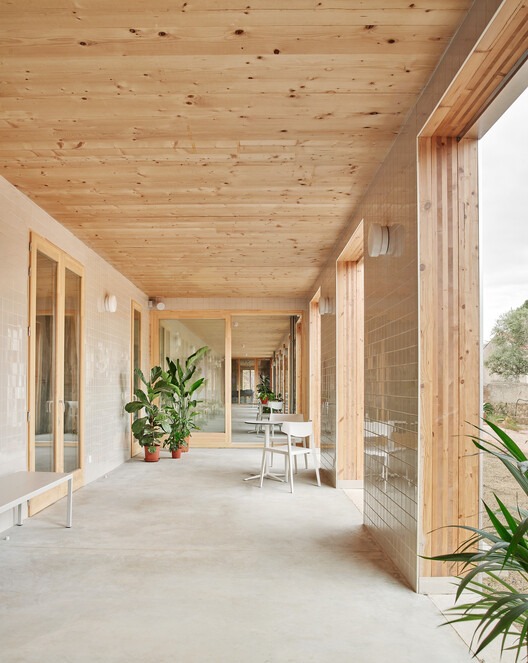
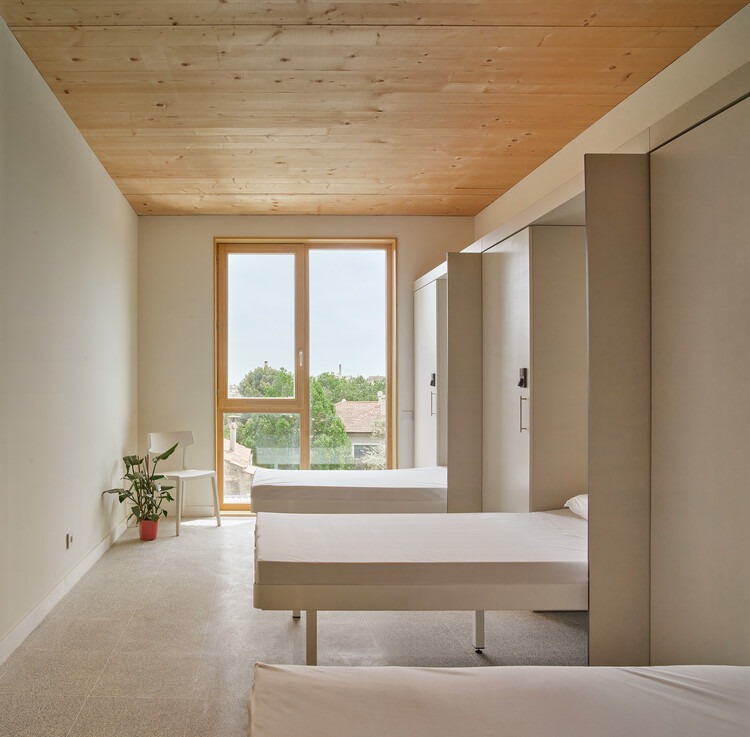
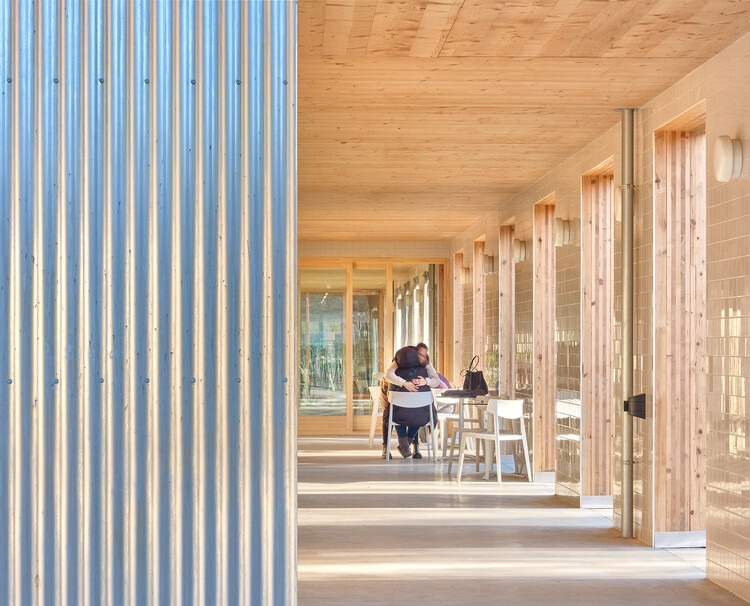
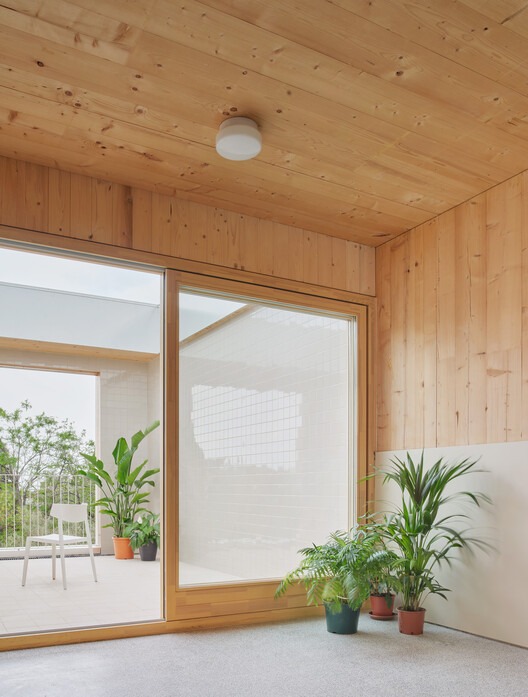

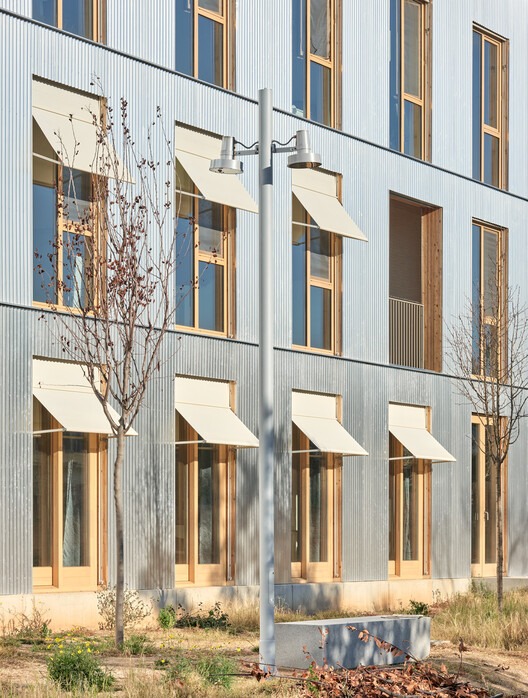


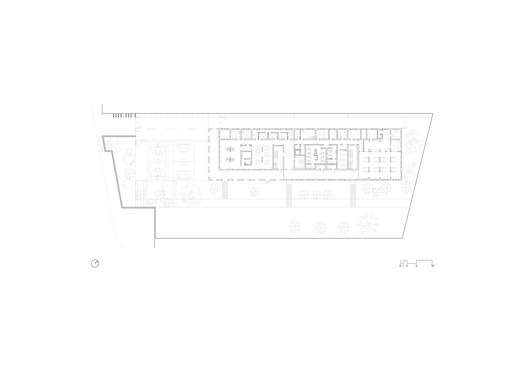
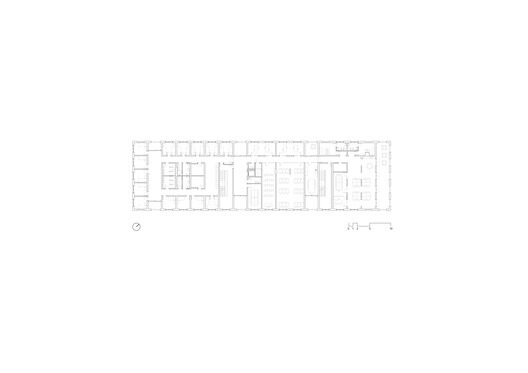
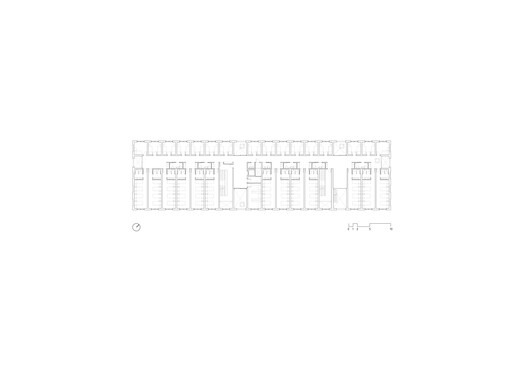
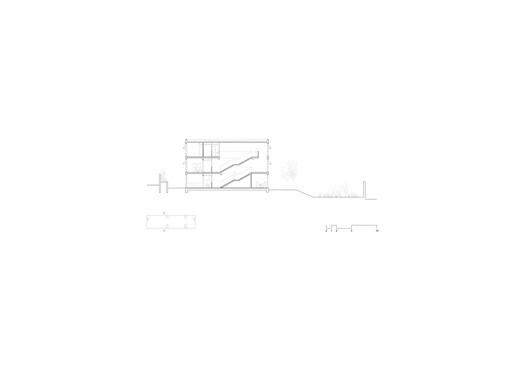
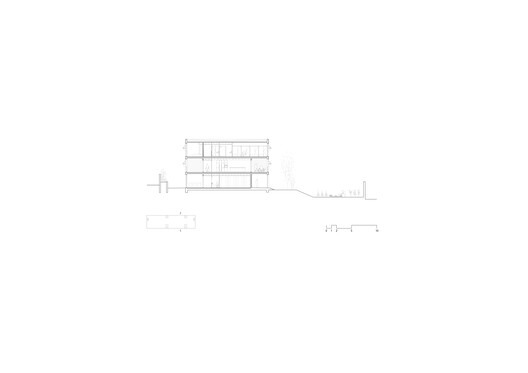
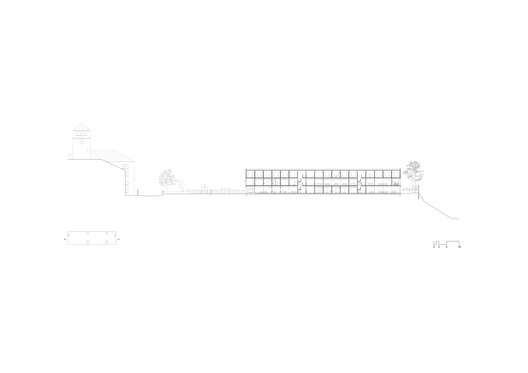
Above the Kennedy Square in the Sarria Sant Gervasi neighborhood of Barcelona, on the same site where the former emergency reception center was located, a new facility is being built that includes a day center and a night center with the capacity to accommodate 100 homeless women.
Recently, shelters for homeless individuals were still understood as emergency facilities that urgently addressed the basic needs of the greatest number of residents. Currently, the approach has changed, focusing on a more individualized treatment, guiding each resident towards various social, labor, educational, and medical resources in order to help them rebuild an autonomous life.
From this perspective and understanding the center as a first step towards the reintegration of these women into society, the project pursues three objectives:
Generate a Safe Space -A welcoming place isolated from the city that guarantees the privacy of the users, through a perimeter garden that acts as a filter.
Socialization Spaces- The project is structured through porches, galleries, terraces, and meeting spaces to encourage interaction among the residents. These intermediate spaces allow for free appropriation by the inhabitants.
Feeling of Home -The goal has been to maximize the feeling of home and distance from the appearance of an assistance facility, through the warmth of the interior materials and a domestic scale of the spaces.
The volumetric design is marked by the needs of the program and by the separations at the boundaries of 8 m on the street and 5 m on the sides and at the back. That is why the building is understood as a unique element, a rectangular prism about 60 m long, 16 m wide, and a maximum height of 9 m divided into three floors. However, this volume is sometimes hollowed out, creating porches, terraces, or other outdoor spaces that allow us to create an extroverted building that looks from the inside out.
The functional organization of the center has been carried out through large programmatic packages that allow for a clear and simple operation for both the center's workers and its users. Both staircases serve as articulating spaces for the different areas of the facility.
Thanks to a series of passive strategies, including very good insulation, partly due to the wood, and the retractable awnings that are automatically adjusted based on temperature and solar incidence, we achieve a nearly zero-energy building with Breeam Excellent certification.
from archdaily